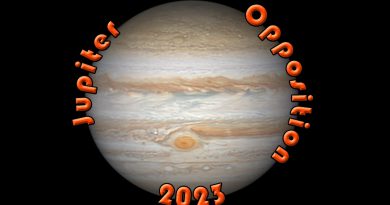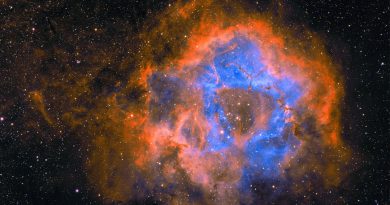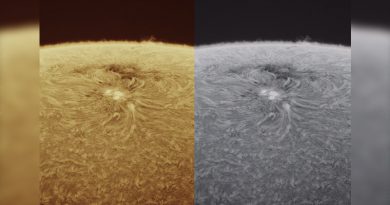Imaging the Skies with the TV-85: Mike Broussard
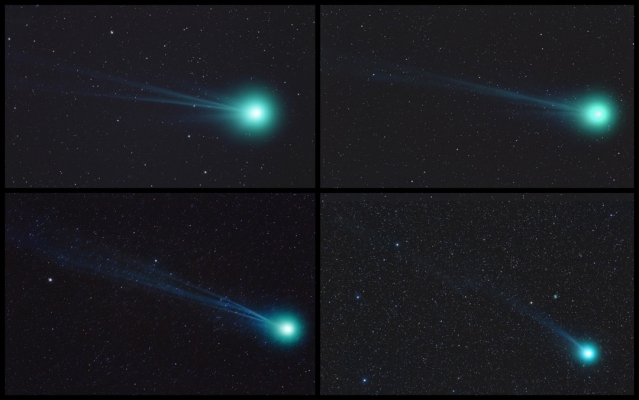
Aquamarine “cotton balls” and “tadpoles” with sinewy tails cross a star-filled night-sky. That can be your initial impression of Mike Broussard’s comet-loaded flickr photostream. His recent images include the passage of comet Johnson, 41P/TGK, PanSTARRS, & Lovejoy. (The greenish comet color is provided by the glow of ionized cyanogen and diatomic carbon shed by the comet.) But you may have already seen his work around the web. His photos have been featured on the web pages of Sky & Telescope, NASA / JPL, Space Weather, Phys.org, AccuWeather, NBC News, United Press International, and The Federalist — as well as in the Lowell Observer printed newsletter. He favors Tele Vue equipment for his comet work.
“The Tele Vue brand has always stood out above the others in my mind. Ever since my first view through a Tele Vue 9mm Nagler back in the 1980s, I have been hooked on Tele Vue Optics equipment!
My main reasons for choosing the TV-85 was seeing the great images taken by others using this scope and the reputation of Tele Vue as one of the best manufacturers of eyepieces and APO refractors in the world.
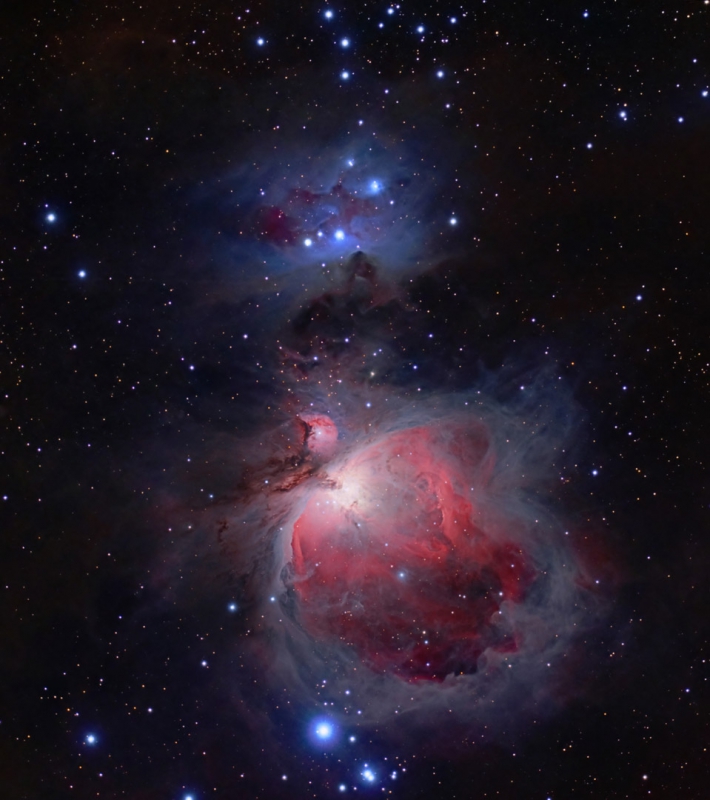
I continue to use a TV-85 with a Tele Vue 0.8x Focal Reducer/Field Flattener since that combo is well suited to imaging comets, which are the primary objects I like to shoot. I also like the idea of not having to fuss too much with the scope to get great images, unlike my experience with Newtonians and SC scopes, which always require adjustments and tweaking.”

Composing his images from a stack of short exposures, Mike will often feature two images of a comet. One that stacks the exposures to follow the motion of the comet (stars trail) and another stacked to follow the motion of the stars (stars freeze). Besides comets, he rounds-out his Tele Vue-85 efforts with nebulae images such as those shown here.
Tele Vue designs, assembles, and tests all of its refractors in its Chester, NY facility. The Tele Vue-85 refractor has an 85mm aperture doublet objective featuring apochromatic color correction. The focal length is 600mm resulting in a relatively fast f/7 focal ratio. With APO performance and airline portability, the Tele Vue-85 has been delighting astronomy and birding enthusiasts, and reviewers alike. Maximum visual field is 4.4° (with our 2″ 55mm Plössl or 41mm Panoptic eyepieces) maximum recommended observing power is 225x.


Model TRF-2008 0.8x Reducer/Flattener can be used with any 400-600mm refractor with 2″ focuser and T-ring accessory. It is the simplest way to start in astrophotography with your scope and an interchangeable lens camera. (It can also be used with other cameras as long as spacing from the chip to the TRF-2008 is set to 56mm.) It converts the Tele Vue-85 to a 480mm, f/5.6 telephoto lens for fast, flat field photography. “This accessory is a must-have for someone planning to use the TV-85 photographically,” said the review in Sky & Telescope.
- His Flickr feed.
- Mike’s Astrophotography Gallery & Blog.
- AstroBin astro-image hosting website.


